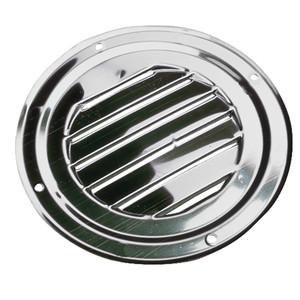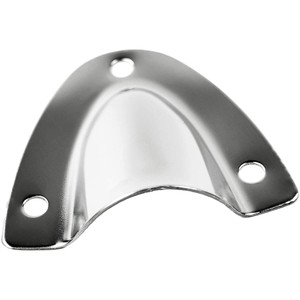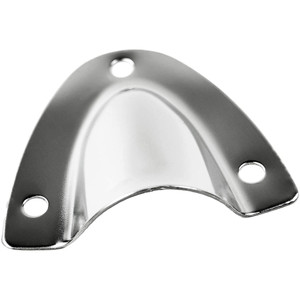
Fuel System Vents
Keep your fuel system safe and functional with our Vents. They allow for proper air circulation, preventing vacuum build-up and overpressure, which are crucial for fuel efficiency and safety.
Introduction
Your vehicle's fuel system is a complex network that relies on proper ventilation to maintain optimal performance. Without adequate venting, you run the risk of vacuum build-up and overpressure, both of which can lead to serious issues. Our Fuel System Vents are designed to address these challenges, ensuring your fuel system operates smoothly and safely.
Why Ventilation is Crucial
Proper air circulation in the fuel system is essential for several reasons:
- Preventing Vacuum Build-Up: A vacuum can form within the fuel tank as fuel is consumed, which can cause the fuel pump to work harder, leading to potential damage and reduced efficiency.
- Avoiding Overpressure: Overpressure can occur when excess vapors build up in the fuel tank, posing a risk of explosion or fuel leakage. Venting helps to release these vapors safely.
- Improving Fuel Efficiency: Proper ventilation ensures that the fuel pump and other components are not overworked, contributing to better fuel economy and longer-lasting parts.
- Maintaining Safety: By preventing both vacuum and overpressure, vents play a critical role in keeping the fuel system safe and functional.
Types of Fuel System Vents
There are various types of fuel system vents available, each designed to meet specific needs:
- Passive Vents: These vents automatically open and close based on the pressure inside the fuel tank, requiring no manual intervention.
- Active Vents: Typically controlled by a valve or electronic system, these vents offer more precise control over the ventilation process.
- One-Way Vents: Designed to allow air to enter the tank without letting vapors escape, helping to maintain a balanced pressure.
- Two-Way Vents: These vents allow both the intake and release of air and vapors, providing a more comprehensive ventilation solution.
How to Choose the Right Vent
When selecting a fuel system vent, consider the following factors:
- Vehicle Type: Different vehicles have varying requirements for fuel system ventilation. Make sure to choose a vent compatible with your specific make and model.
- Driving Conditions: If you frequently drive in extreme weather conditions, opt for vents that are designed to withstand high temperatures and pressure variations.
- Installation: Some vents are easier to install than others. Consider whether you prefer a DIY installation or professional assistance.
- Material: Ensure the vent is made from durable materials that can resist corrosion and wear over time.
The Takeaway
Investing in high-quality Fuel System Vents is crucial for maintaining the safety and efficiency of your vehicle's fuel system. By ensuring proper air circulation, these vents help prevent vacuum build-up and overpressure, contributing to better fuel economy and reducing the risk of damage. Choose the right vent for your needs and enjoy a safer, more reliable driving experience.










